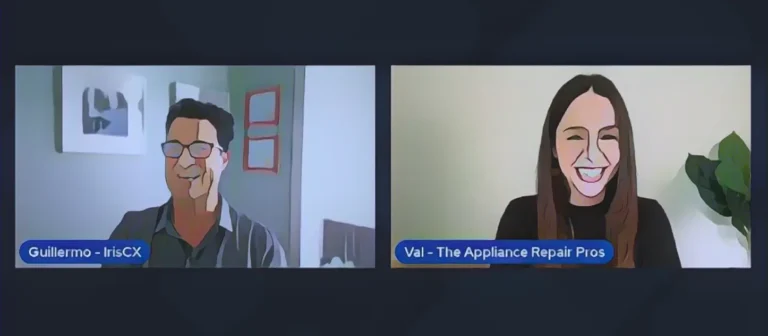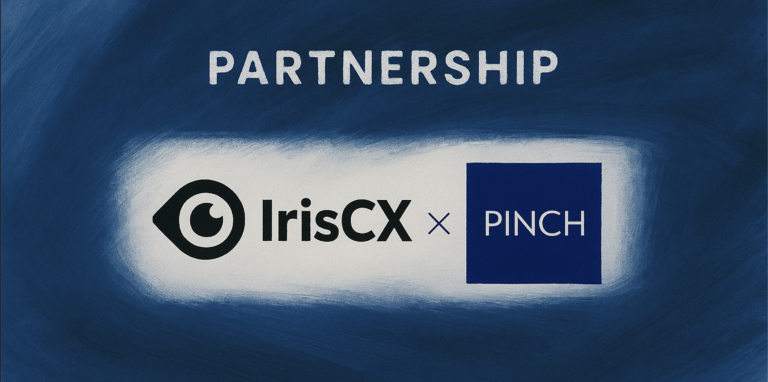Imagine ordering a burger at your favorite restaurant. Now, instead of getting just the ingredients you want—say, a classic cheeseburger—you’re served a towering monstrosity with every ingredient in the kitchen: extra patties, pineapple rings, mushrooms, a fried egg, bacon, and more sauces than you can handle. Sure, it’s packed with ingredients, but it’s also inefficient, overwhelming, and definitely not what you needed. And guess what? That fully loaded burger is going to cost you $150. Ugh.
Now think of this in the context of maintenance. Every time a service trip is dispatched, you’re paying roughly $150 per visit. That’s what happens when maintenance requests and trips are bundled together in property management.
The Maintenance Process
After handling over 100,000+ work orders, here’s what we’ve learned about the maintenance process:
- Request – The resident submits a maintenance request.
- Triage – The request is assessed to determine its urgency and complexity.
- Remote Resolution – Attempting to resolve the issue without a trip.
- Scheduling – A technician visit is scheduled if necessary.
- Vendor Coordination – If required, a third-party vendor is contacted.
- Permission to Enter – Gaining resident approval for entry.
- Travel – The technician or vendor travels to the property.
- Simple Resolution – The technician attempts a fix on-site.
- Parts Work – Identifying necessary parts for repair.
- Second Trip – A follow-up visit with the required parts.
- Complex Resolution – More intricate repairs are completed.
- No Show – Technician or vendor fails to show up.
- Afterhours Work – Additional complexities and costs.
- Labor – The technician performs the required work.
- Education – Providing residents with troubleshooting information.
- Report – Documenting the resolution.
- Final Review – Ensuring the issue is fully resolved.
Why Centralized Maintenance Falls Short Without Unbundling
Bundling slows everything down and forces you to pay for inefficiencies. Every request leads to a trip, regardless of whether it’s necessary. This means higher costs, unproductive travel time, and an overwhelmed team.
The Benefits of Unbundling
- Remote Resolution for Common Issues – AI diagnostics, live-guided video support, and simple troubleshooting guides allow property managers to solve minor issues without dispatching a technician.
- Smarter, More Predictable Technician Trips – AI-generated work orders ensure technicians know what to bring before heading to a site, reducing wasted trips.
- Cost Control and Reduced Risk – Unbundling leads to a predictable resolution strategy: resolve small issues remotely and dispatch technicians only for complex problems.
- Deflection and Education to Empower Residents – Providing troubleshooting guides, how-to videos, and FAQs allows residents to solve minor problems themselves.
Why Residents Love This Approach
- Convenience and Speed – Remote fixes eliminate wait times.
- Empowerment Through Self-Sufficiency – Residents feel in control when they can resolve small issues.
- Clear Communication and Transparency – Unbundling ensures residents know what’s happening with their request.
The Risk of Centralized Maintenance Without Unbundling
When centralization isn’t supported by unbundling, it underperforms. It leads to slower response times, higher costs, overwhelmed technicians, and unproductive travel time.
Unbundling: The Key to Unlocking Efficiency
Unbundling allows for remote issue resolution, reduces human error, and empowers residents through education. The result? Faster service, lower costs, and happier residents.




